Crossdresser: The Behavior, Origins, And Social Context
Crossdressers are a diverse group, an often-misunderstood cohort of people. When someone crossdresses, it can lead to a lot of self-questioning and self-judgment. If a crossdresser chooses to dress up in public, it can turn heads for both positive and negative reasons. It’s important to remember that behind the dress and under the make-up, a person is trying to showcase something deep within themselves.
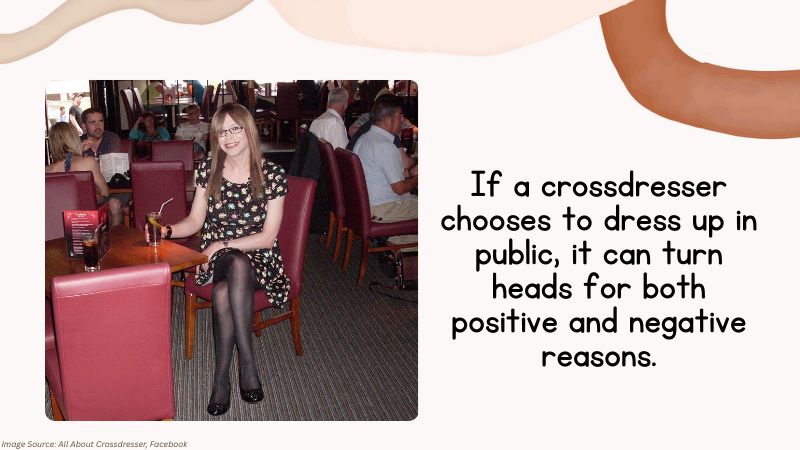
Let’s explore what it means to be a crossdresser: how people feel when they dress, what it means to experience fully dressing up, and why we might feel motivated to crossdress. At its root, crossdressing is an exploration of our feelings and identity, not only clothes. It can be an experience with ups and downs, stresses and relief.
We should try to understand crossdressers before making assumptions about ourselves or others who also cross-dress.
Defining Crossdresser
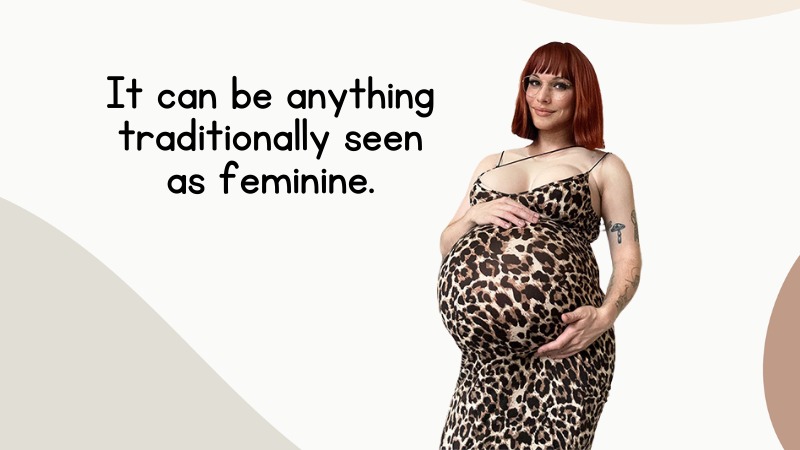
Matching a label to a person is always a bit tricky. We can define a crossdresser as someone who wears clothes associated with the opposite gender. Usually, we think of crossdressers as men who like to wear bras, panties, other lingerie, dresses, and even makeup. It can be anything traditionally seen as feminine. It doesn’t mean someone wants to be a woman full-time or change their identity.
Misconceptions about crossdressers abound. Many people will assume that crossdressers are gay or in deep denial about their sexuality. But this isn’t the case at all; most crossdressers would identify as male and are straight. Experimenting with crossdressing will often trigger a number of questions, but it doesn’t automatically mean anything about someone.
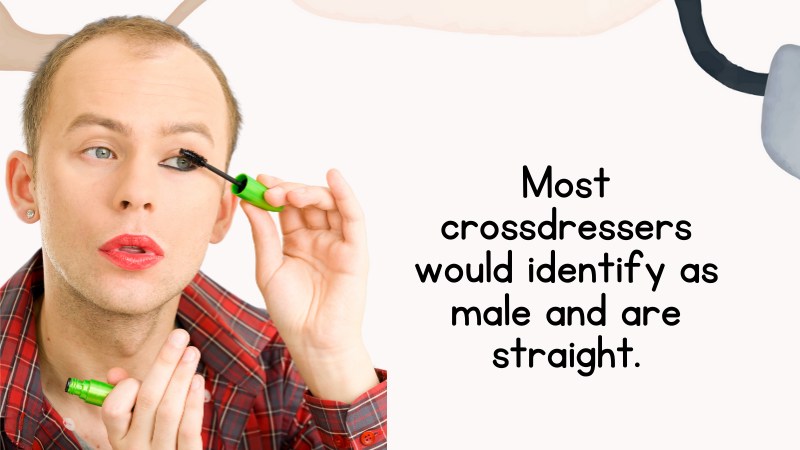
Crossdressing is a type of gender expression; it’s something personal and not something that a crossdresser does for attention. Crossdressers are likely trying to explore something inside that is looking for an outlet.
The Psychological and Emotional Reasons Behind Cross-Dressing
Fulfilling some emotional needs that we might not be consciously aware of is often a reason for crossdressers to start. It could be a curiosity about how different clothes feel, or a search for relaxation and peace, or just a moment of comfortable fun. We each have our reasons, and some of the common ones are discussed below.
Comfort and Sensory Stimulation
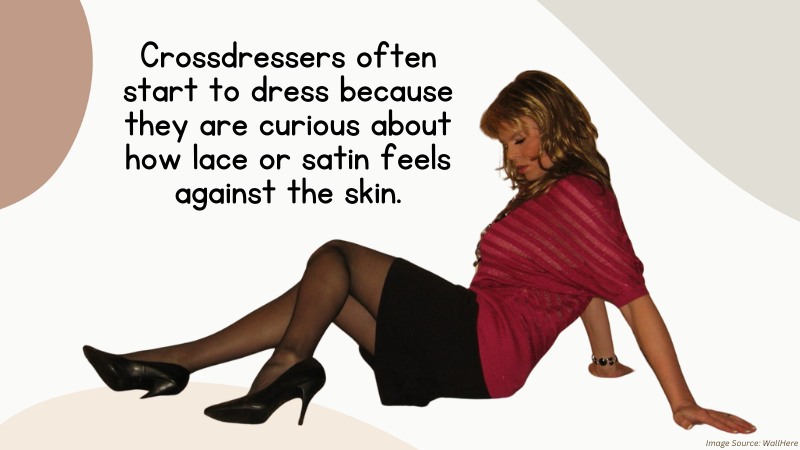
Women’s clothes are just different. They look different, are more varied, and feel different for the wearer. Crossdressers often start to dress because they are curious about how lace or satin feels against the skin. The more delicate fabrics that women’s clothes are made of just hit differently. The pleasure of feeling the differences from an everyday man’s outfit can be a euphoric experience.
It’s not just the fabrics that are different. Men’s clothes are all essentially the same, and sometimes trousers or a collar can feel restricting. Women’s skirts and dresses offer a light, flowing feeling. On the other hand, a form-fitting dress can hug your body in ways men’s clothes don’t, making a crossdresser feel warm and feminine inside.
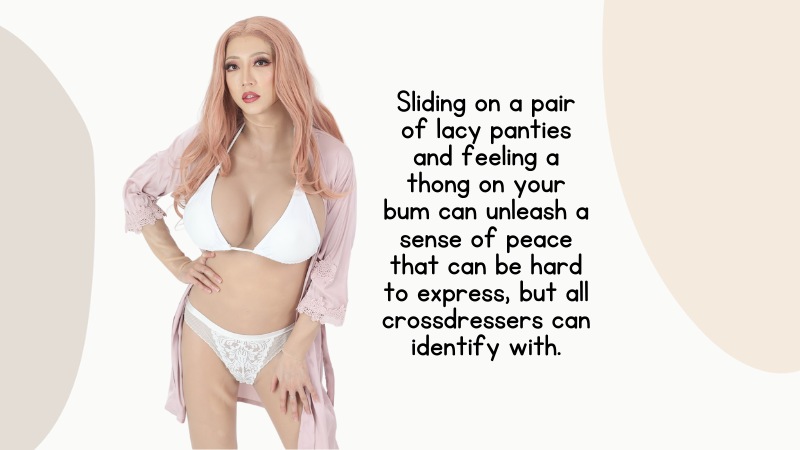
A lot of crossdressers love the sensory experience of putting on lingerie. Sliding on a pair of lacy panties and feeling a thong on your bum can unleash a sense of peace that can be hard to express, but all crossdressers can identify with.
Psychological Escape and Stress Relief
Everyone needs their way to relieve stress and unwind. It doesn’t matter what pressures we are facing; everyone can relate to the need for a break from time to time. Crossdressers will dress to seek relief from those stresses and escape from their usual existence.
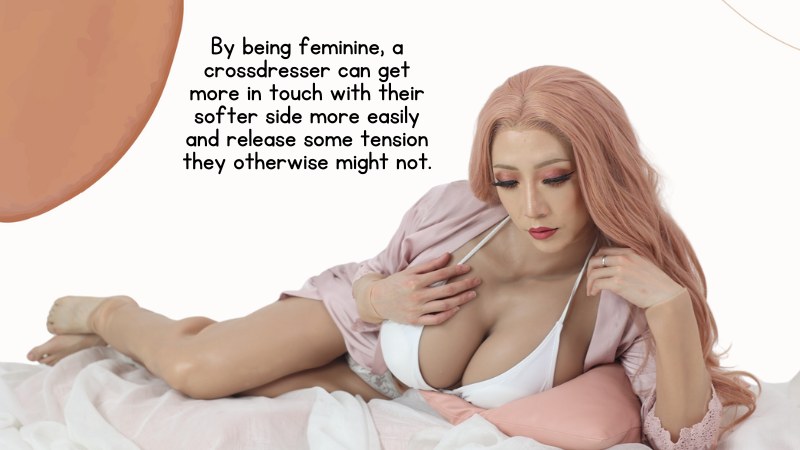
This escape can be momentary or longer, but always welcome. It’s not about escaping from being a man, but by shedding masculinity for a while, it can be easier to relax. By being feminine, a crossdresser can get more in touch with their softer side more easily and release some tension they otherwise might not.
Crossdressers won’t want to escape because of unhappiness with their masculine persona. It’s that by engaging with their feminine side can permit them to feel things that are typically overlooked.
Attachment Issues and Early Childhood Experiences
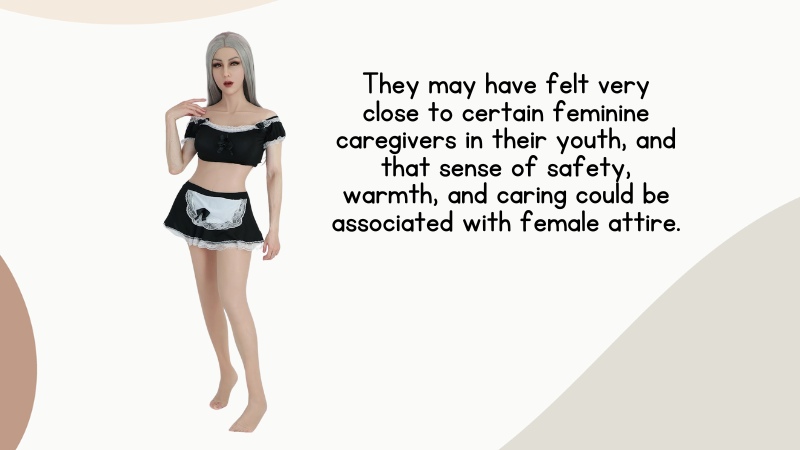
Some crossdressers dress up to evoke a nostalgic feeling of closeness to femininity. They may have felt very close to certain feminine caregivers in their youth, and that sense of safety, warmth, and caring could be associated with female attire.
The emotional connection someone has to their clothes and the image those clothes conjure can invoke powerful feelings. A crossdresser may lack a close connection to that same femininity and seek it out by trying on feminine clothing themselves.
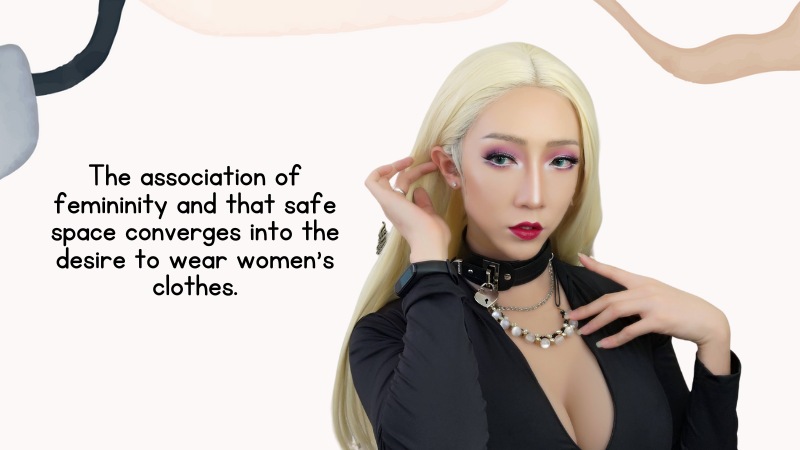
Crossdressers are often looking for this sense of safety in order to be able to be vulnerable in a way they are comfortable with. The association of femininity and that safe space converges into the desire to wear women’s clothes.
Society’s Rigid Gender Roles
While it’s very hard to pin a definition on femininity or masculinity or what it really means to be male or female, there are very strict popularly understood expectations. Young men are taught by their peers, media, and greater society to be tough, strong, and unemotional. This strict confine can leave a lot of individuals feeling inadequate or left out.
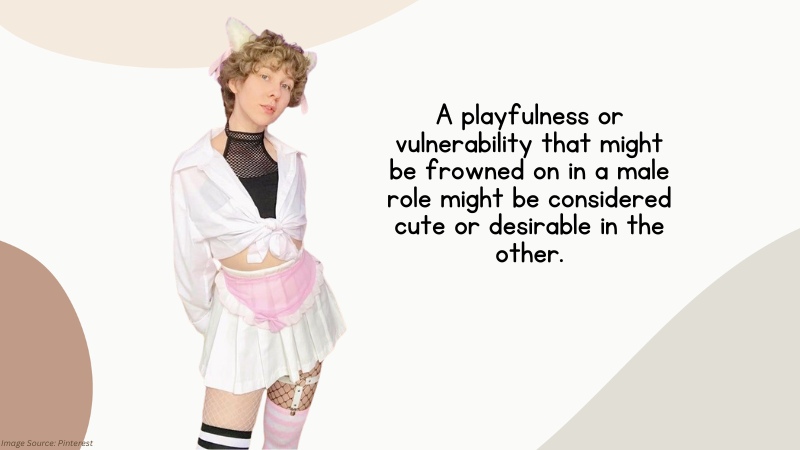
Crossdressers can be looking for a way to display traits that they feel inside, and by dressing up, it gives an outlet to express those feelings. A playfulness or vulnerability that might be frowned on in a male role might be considered cute or desirable in the other.
Crossdressers vs. Trans Women vs. Drag Queens
Crossdressers face a heap of misunderstandings and terrible assumptions. Popular conceptions of crossdressers abound, so let’s discuss a few.
Crossdresser vs. Transgender
These aren’t the same, although they are often conflated. While some transgender individuals might have cross-dressed and had feelings that progressed from there, it doesn’t mean that all crossdressers have the desire to live as the opposite gender full-time.
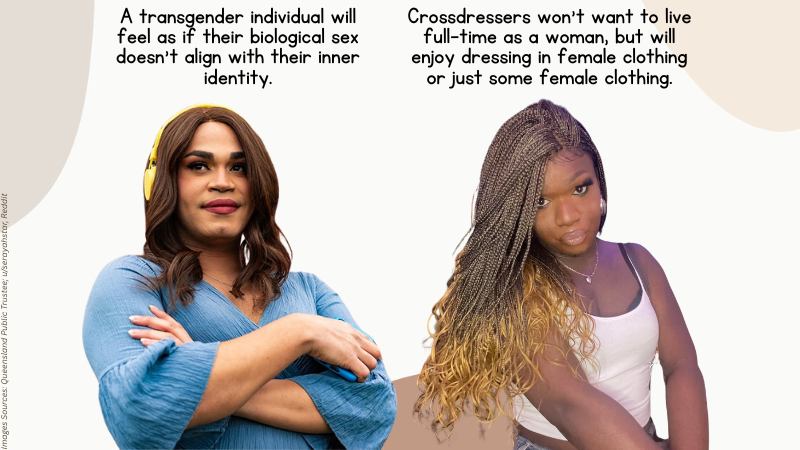
A transgender individual will feel as if their biological sex doesn’t align with their inner identity. This identity will be deeply ingrained within the person will want to live and be perceived as the gender opposite of their biological sex.
Crossdressers won’t want to live full-time as a woman, but will enjoy dressing in female clothing or just some female clothing. Dressing up is a momentary transformation.
Crossdresser vs. Drag Queens
Again, the stars do not align perfectly here. Not all crossdressers are drag queens, nor do they aspire to be. Drag queens and crossdressers will use many of the same clothes and makeup, and certainly, the two would have a lot to talk about together.
Drag is a form of performance art. It celebrates an exaggerated and bold look to dazzle and entertain an audience. The performance and the external expression are the point, not the inward emotion.
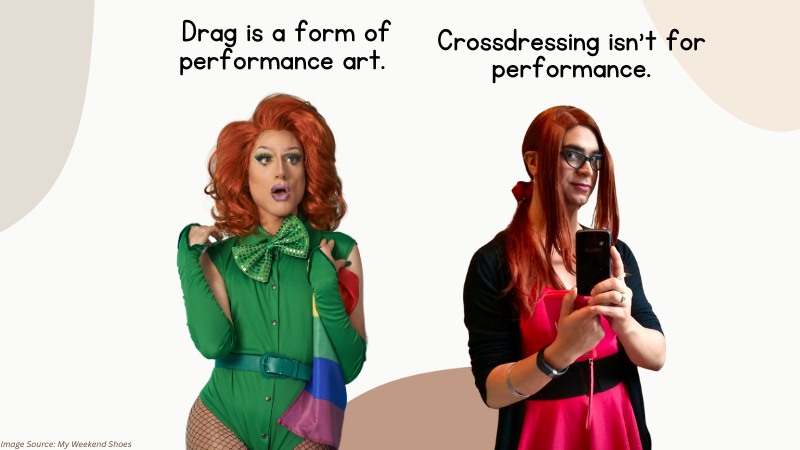
Crossdressing isn’t for performance; it’s done to satisfy a private emotion or need. It’s done for yourself, not an audience.
The Social Stigma Around Cross-Dressing
Judgment surrounds crossdressing and crossdressers in modern society. More open-minded perspectives are few and far between.
Social Stigma and Misunderstanding
Saying that there is a lot of stigma about crossdressing isn’t revolutionary. Crossdressers are often mocked or snickered at, and one does not need to think hard to imagine what jokes would be made if someone were discovered to be wearing women’s panties or the like. In extreme cases, relationships could end or be forever changed once someone is outed as a crossdresser.
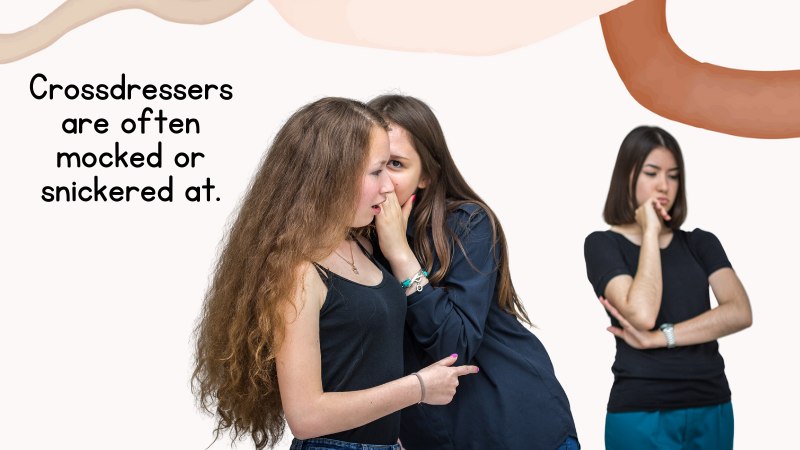
Unfortunately, the idea that crossdressing is taboo keeps a lot of crossdressers hidden. The fear of being seen as strange or abnormal because of non-conformity is a very real and powerful force. The need to be accepted into a community is a basic human need, and the possibility of exclusion for some difference is scary. Deep down, it’s a fear of rejection.
Feelings of Guilt and Shame
These stigmas can also be felt more inwardly. Because of the popular perceptions of crossdressing, a crossdresser could be ashamed of themselves. Their desire to wear feminine things could cause some deep feelings of conflict within themselves and lead to anxiety or worse.
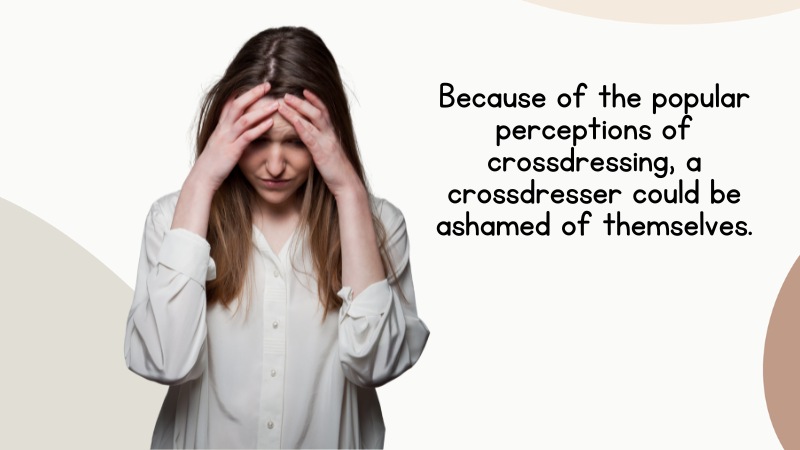
If a crossdresser is feeling ashamed of their dressing, they are likely feeling as if they are doing something dirty or immoral. Going against a binary perception of oneself can result in a lot of internal conflict. There might be euphoria accompanied by moments of depression.
Finally, the shame and the need to keep dressing a secret can be overwhelming. The fear of getting caught isn’t exciting, but nerve-wracking. It can become an internal burden that a crossdresser can hold on to for ages.
Evolving Understanding and Acceptance
Modern societies are changing, however slowly. As individuals representing a greater spectrum of gender expression have become more visible in the media, awareness and understanding have grown. However, it does sometimes feel as if progress takes a backward step from time to time.
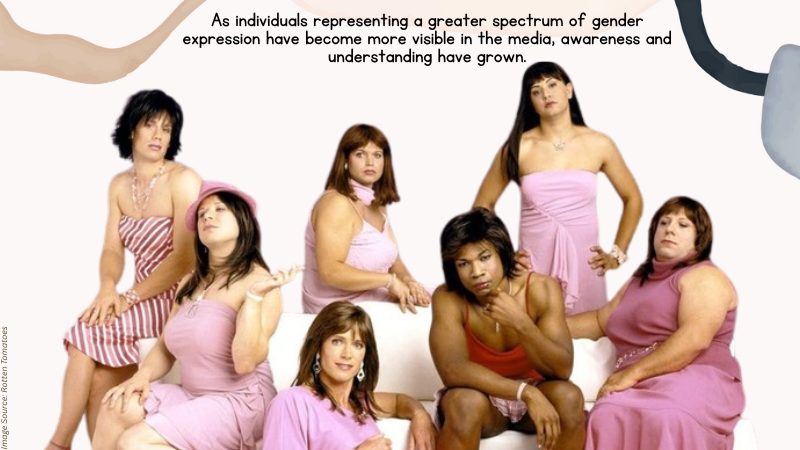
While portrayals of crossdressers have become slightly more visible, it’s often not with a flattering emphasis. It’s easier than ever for crossdressers to connect with others online and create their communities. However, the decisions to reach out or search for those communities are more fraught than one would imagine.
Conclusion
Crossdressers are a deeply misunderstood group, but the first step to understanding is to realize that it is a very personal activity. A crossdresser might be doing it to satisfy any number of inner needs or seeking inner peace. It’s not anything that needs to be rationalized too much; in many cases, a crossdresser is just doing it because it feels right.
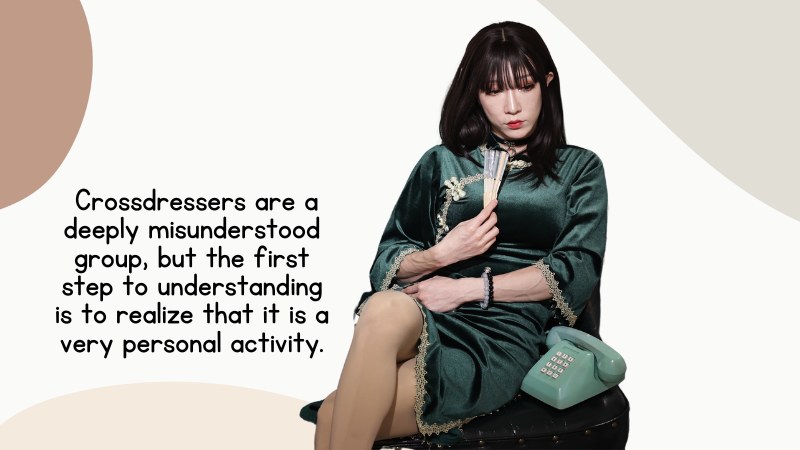
Millions of us who cross-dress, either frequently or occasionally, like to dress femininely. Finding yourself and being comfortable in your skin is the most important thing in the world.
If you are a crossdresser or you know someone who is, it’s very important to remember that kindness and acceptance are the best ways forward. Crossdressers aren’t hurting anyone by dressing, and there is no harm done.
Crossdressing can be a valuable part of our identity and something that we celebrate.
Good luck, girls.
- Crossdresser vs. Transgender: What’s the Difference and Why Does It Matter?
- Why Do Some Straight Men Enjoy Crossdressing?
- 7 Best Mtf Trans and Crossdresser Podcasts in 2024
- Journey With Roanyer : Your Beginner Crossdressing Store
- The Intersection of Cosplaying and Crossdressing
- 8 Types Of Submissive Sissy Crossdressers: A Complete Overview
Established in 2009, We are a recognized manufacturer and seller of professional crossdressing products.
It is our aim to become not just the most creative manufacturer but also a very considerate seller, as we provide the best quality products for crossdressers all around the world.

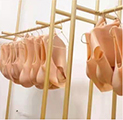
















 Breast Forms
Breast Forms  Body Suit
Body Suit  Realistic Mask
Realistic Mask  Femini Girdle
Femini Girdle Hip & Butt Enhancement (8)
Hip & Butt Enhancement (8) Penis Prosthesis
Penis Prosthesis Fake Muscle
Fake Muscle Bikini
Bikini  Wig
Wig  Corsets
Corsets Course
Course service@roanyer.com
service@roanyer.com +8618652200711
+8618652200711 Facebook
Facebook YouTube
YouTube Twitter
Twitter Instagram
Instagram




